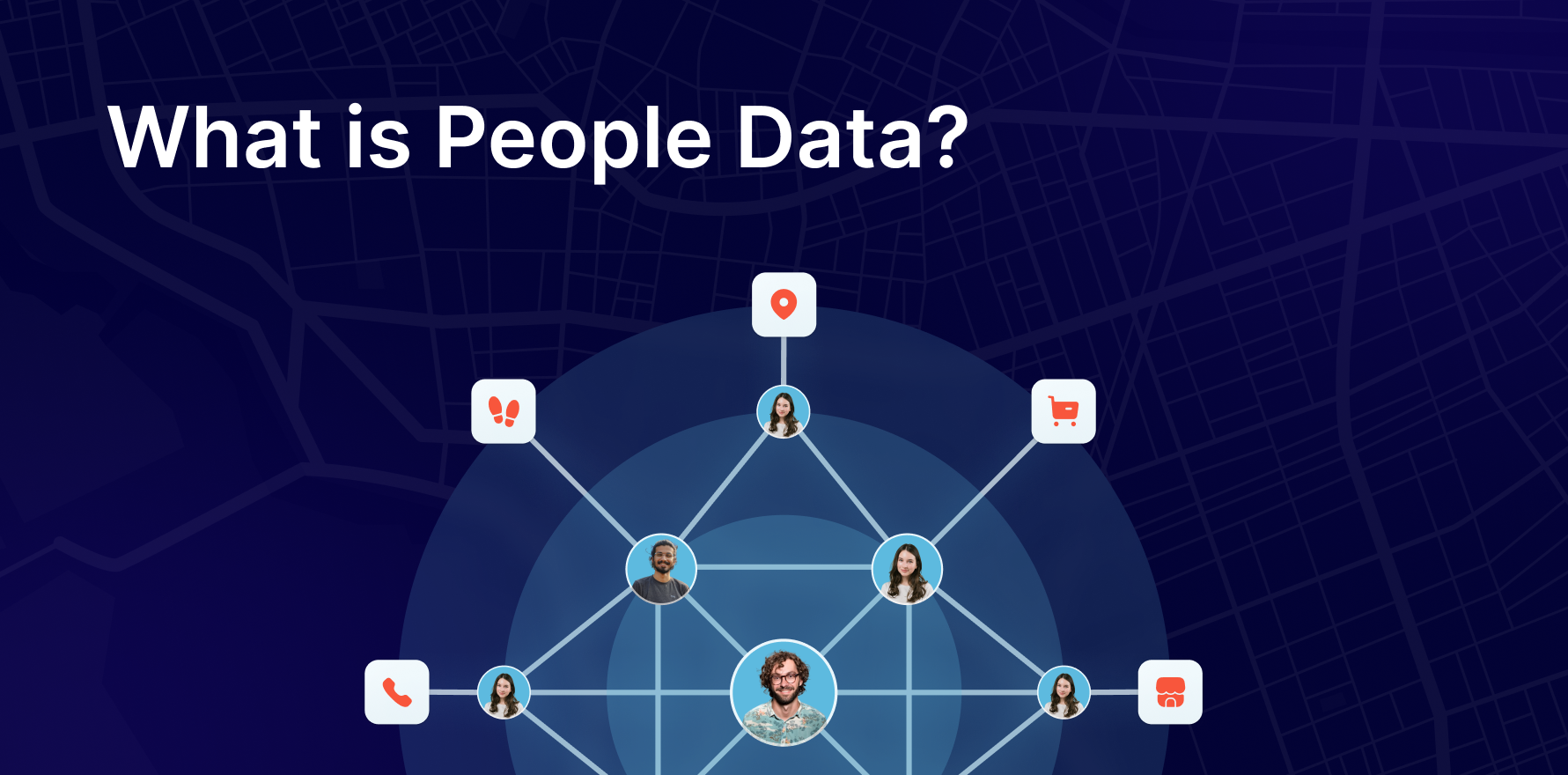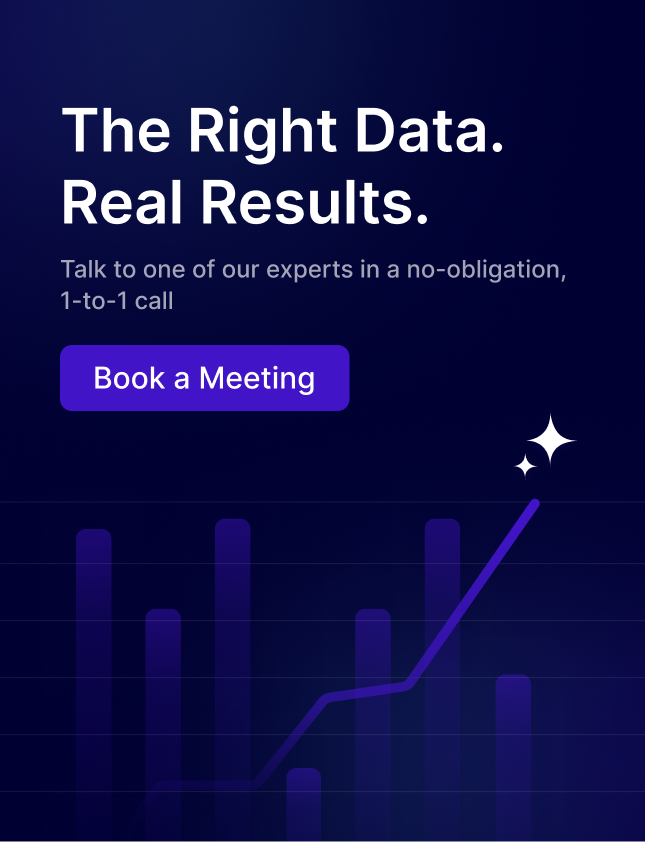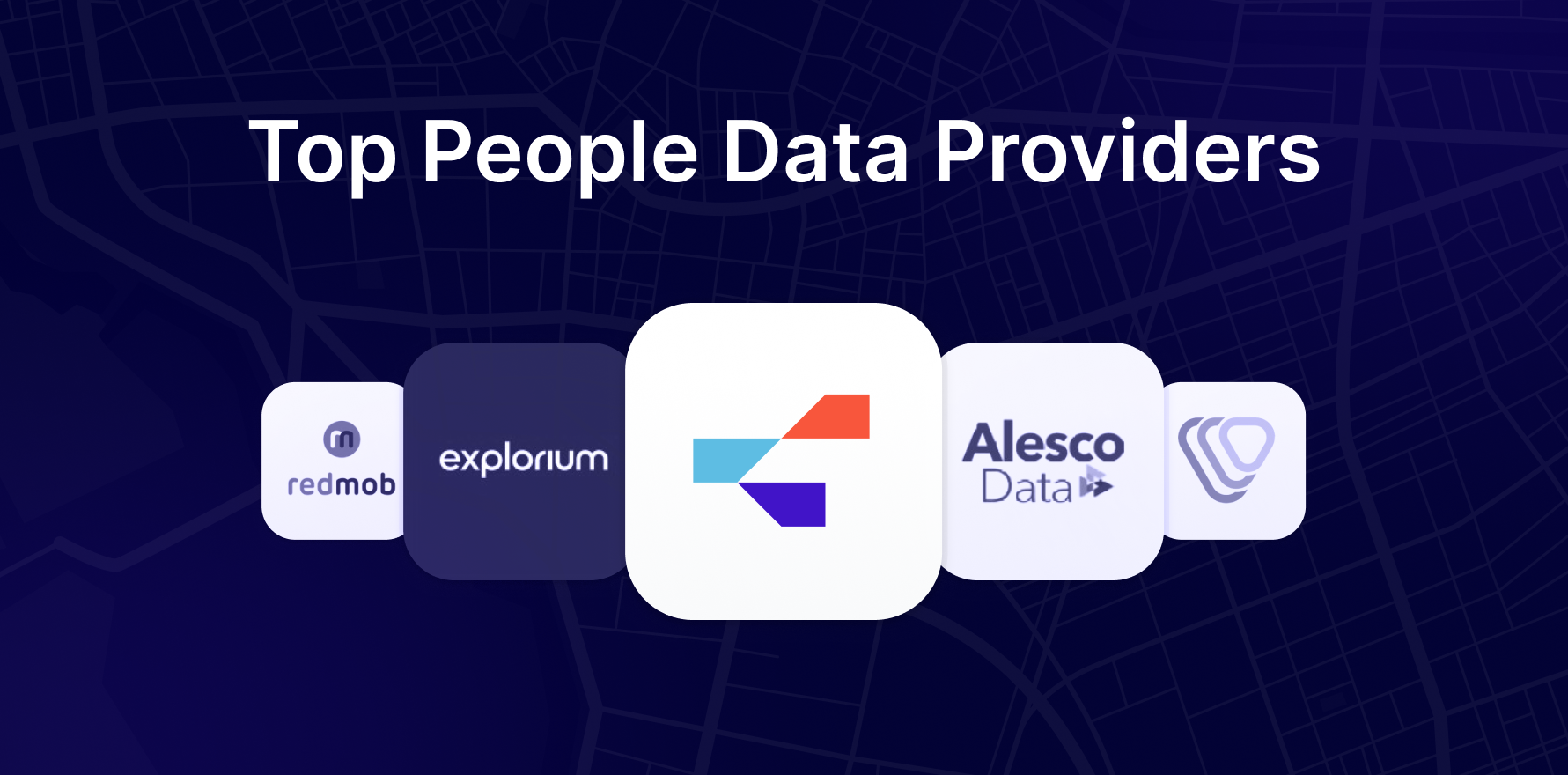In the era of big data, people data has become a cornerstone for businesses seeking to understand and engage with their customers.
By leveraging people data, companies can tailor their products, services, and marketing strategies to better meet the needs and preferences of their target audience.
But what means people data, and how is it collected and utilized? This article will explore the various facets of people data, including its types, collection methods, and applications.
What is People Data?
People data refers to any information that can be used to identify and understand individuals who purchase or interact with a company’s products or services.
This data can encompass a wide range of information, from basic demographics to more complex behavioral patterns and preferences. By analyzing people data, businesses can gain valuable insights into their customers, allowing for more personalized and effective marketing strategies. Check this blog to find top people data providers in the market currently.
Types of People Data
People data can be categorized into several types, each providing unique insights into customer behavior and preferences. The primary types of consumer data include:
1. Demographic Data:
This type of data includes basic information about people such as age, gender, income, education level, marital status, and occupation. Demographic data helps businesses segment their audience and tailor marketing strategies to specific groups.
2. Geographic Data:
Geographic data includes information about where consumers live, work, and shop. This data is essential for location-based marketing and understanding regional preferences.
3. Psychographic Data:
Psychographic data delves into consumers’ lifestyles, interests, values, and personalities. This type of data helps companies create more personalized marketing messages that resonate with their target audience.
4. Behavioral Data:
Behavioral data tracks consumers’ actions, such as purchase history, website interactions, and product usage. This data provides insights into consumer preferences and buying patterns.
5. Transactional Data:
Transactional data includes details about consumer purchases, such as the products bought, the amount spent, and the frequency of purchases. This data is crucial for understanding consumer spending habits and identifying trends.
6. Interaction Data:
Interaction data captures how consumers engage with a company through various channels, including customer service interactions, social media engagement, and email communications. This data helps businesses assess customer satisfaction and improve their communication strategies.
How is People Data Collected?
The collection of people data involves various methods and technologies designed to gather accurate and relevant information. Some of the common methods of collecting consumer data include:
Surveys and Questionnaires:
Surveys and questionnaires are direct methods of collecting consumer data. Companies can ask customers about their preferences, opinions, and experiences to gather valuable insights.
Online Tracking:
Websites and mobile apps often use cookies, pixels, and other tracking technologies to monitor user behavior. This data includes information about page views, clicks, and time spent on a site, helping businesses understand user interactions.
Social Media Monitoring:
Social media platforms provide a wealth of consumer data. Companies can monitor social media activity, track mentions and hashtags, and analyze engagement metrics to gauge consumer sentiment and trends.
Purchase History:
Retailers and e-commerce platforms collect transactional data through sales records. This data helps businesses track consumer purchases and identify buying patterns.
Loyalty Programs:
Loyalty programs incentivize customers to share their data in exchange for rewards. These programs provide detailed information about consumer preferences and behaviors.
Customer Feedback:
Collecting feedback through reviews, ratings, and customer service interactions offers insights into customer satisfaction and areas for improvement.
Third-Party Data Providers:
Companies can purchase consumer data from third-party providers. These providers aggregate data from various sources, offering comprehensive datasets for analysis.
Alternate data providers like Factori provides the US Consumer Data (Best in the Industry) and has a data reach count of about 300 Million Profiles and more than 40 variables and has solved business cases of companies like Yahoo, LinkedIn, Deloitte, Froyoo and many others.
How Companies Collect People Data and how they use it?
Once collected, people data can be used in numerous ways to enhance business operations and customer experiences. Some of the key applications of people data include:
Personalized Marketing:
By analyzing people data, companies can create targeted marketing campaigns that resonate with specific audience segments. Personalized marketing increases the relevance and effectiveness of promotional messages.
Product Development:
People data provides insights into customer needs and preferences, guiding the development of new products and improvements to existing ones. This data-driven approach ensures that products align with market demand.
Customer Segmentation:
Segmenting customers based on demographic, psychographic, and behavioral data allows businesses to tailor their strategies to different groups. This segmentation enhances marketing efficiency and customer engagement.
Customer Experience Enhancement:
Understanding consumer interactions and feedback helps companies improve their customer service and overall experience. This data-driven approach can lead to higher customer satisfaction and loyalty.
Market Research:
People data is invaluable for market research. It helps businesses identify trends, assess market demand, and analyze competitor performance, informing strategic decisions.
Sales Optimization:
Analyzing transactional data helps companies optimize their sales strategies. By understanding purchase patterns and preferences, businesses can identify cross-selling and upselling opportunities.
Predictive Analytics:
Advanced analytics techniques, such as machine learning and AI, can predict future consumer behavior based on historical data. This predictive capability enables proactive decision-making and strategic planning.
The value of people data can be defined by putting it to use in a proper way using efficient ways to target customers. Before concluding you might have thought about how to buy consumer data? Right, here in factori we are providing people free data sample with attributes. Please check
Conclusion
People data is a powerful asset that can drive business growth and innovation. By collecting and analyzing various types of consumer data, companies can gain deep insights into their customers, enabling personalized marketing, improved products, and enhanced customer experiences.
As data privacy regulations continue to evolve, it is crucial for businesses to adopt ethical data collection practices and prioritize consumer consent and transparency.
By doing so, they can build trust and foster long-term relationships with their customers, ultimately leading to sustained success in the digital age.
You may also like








